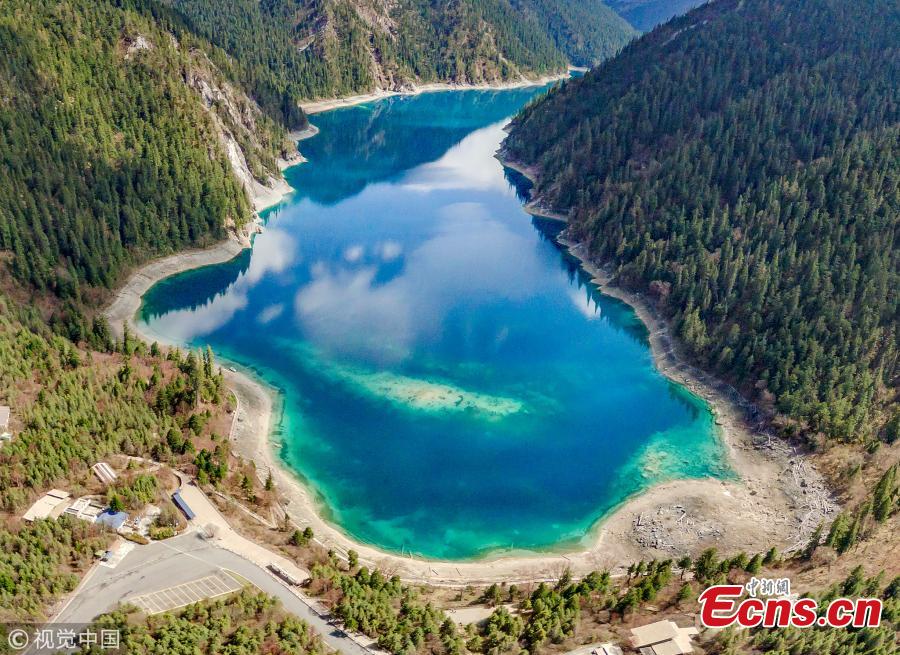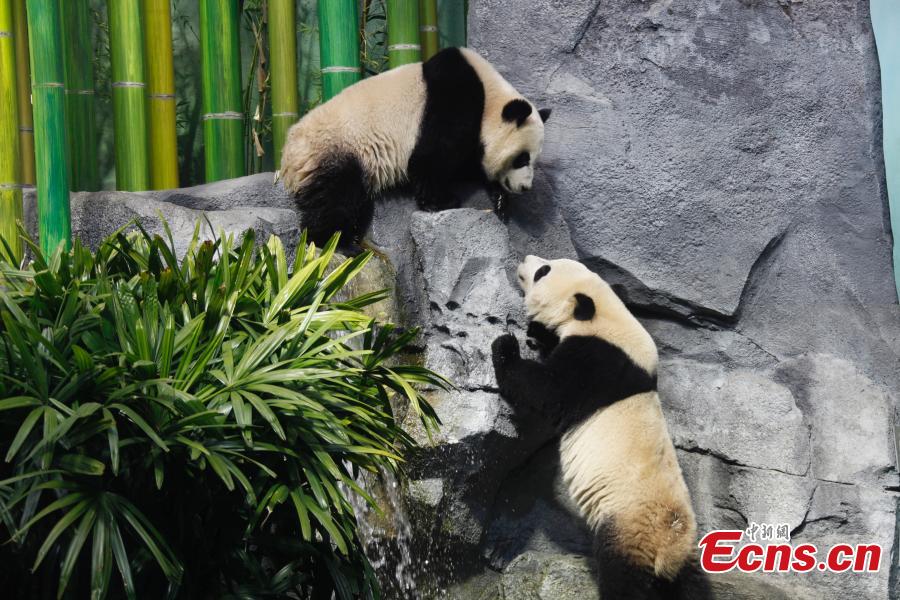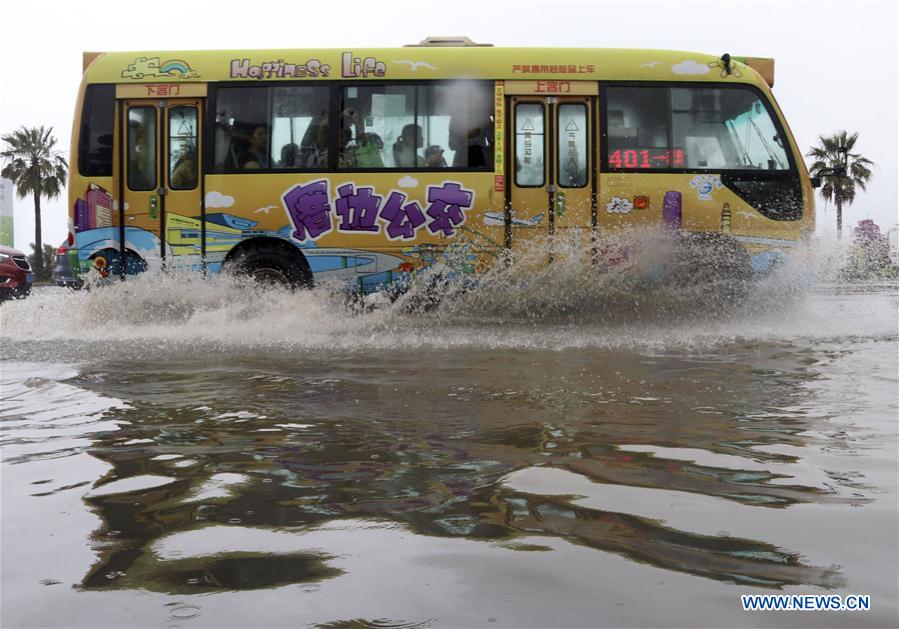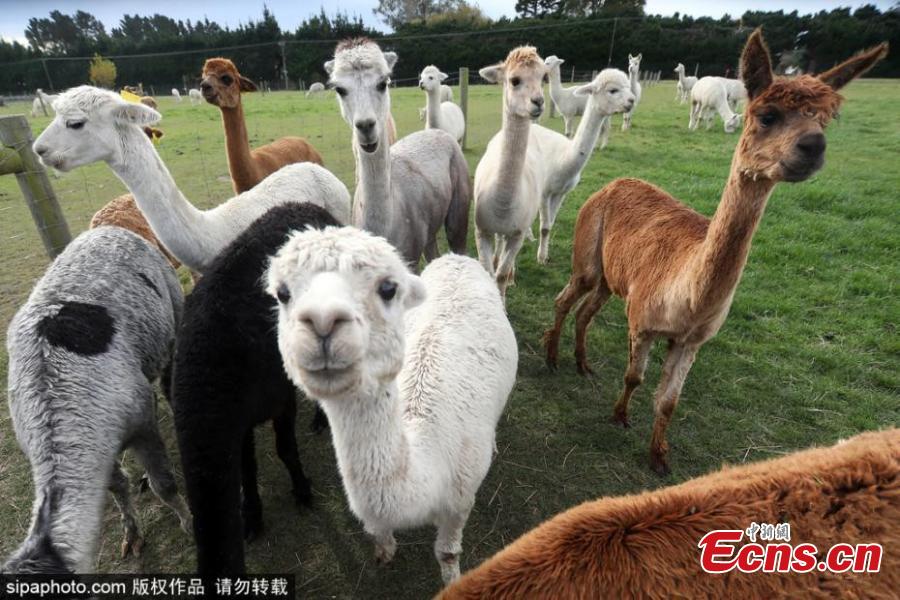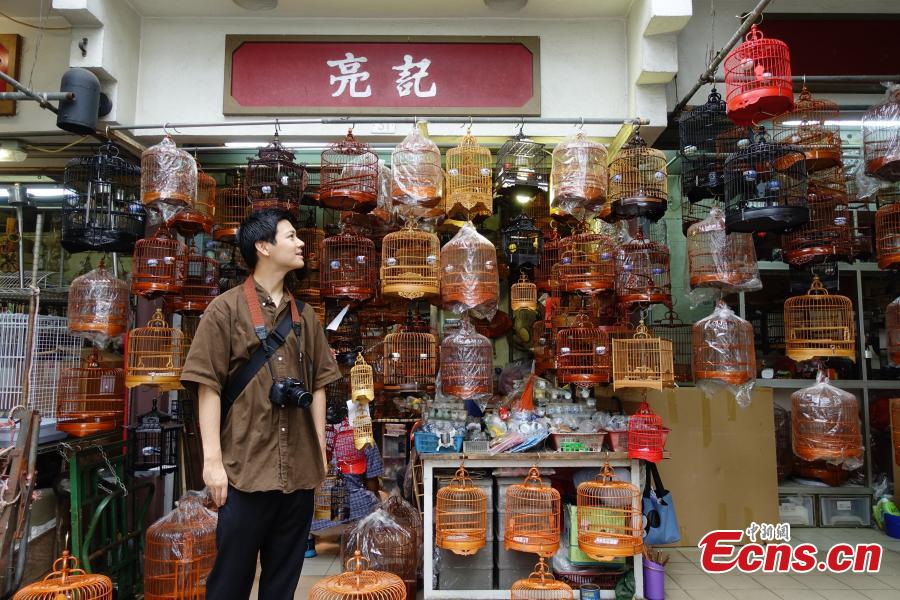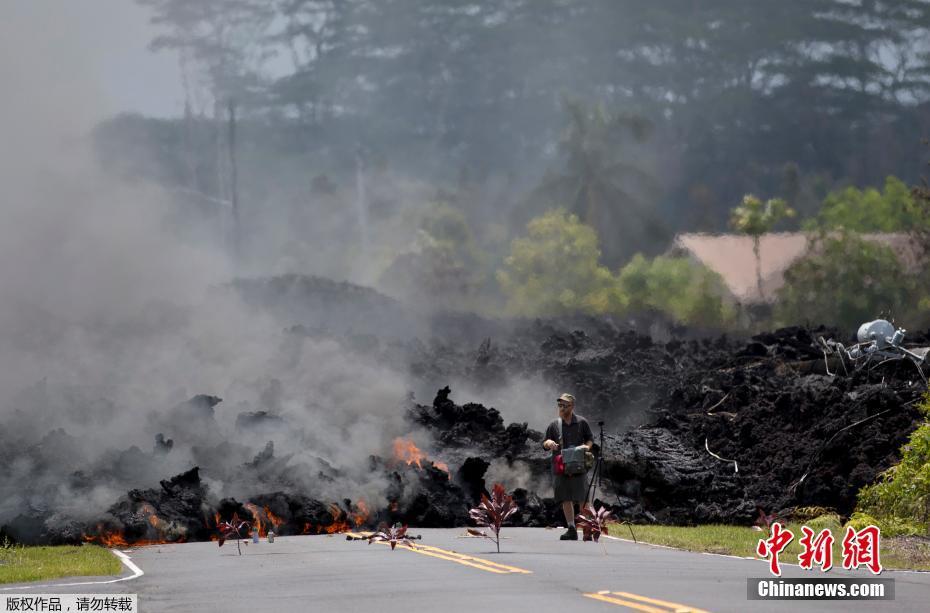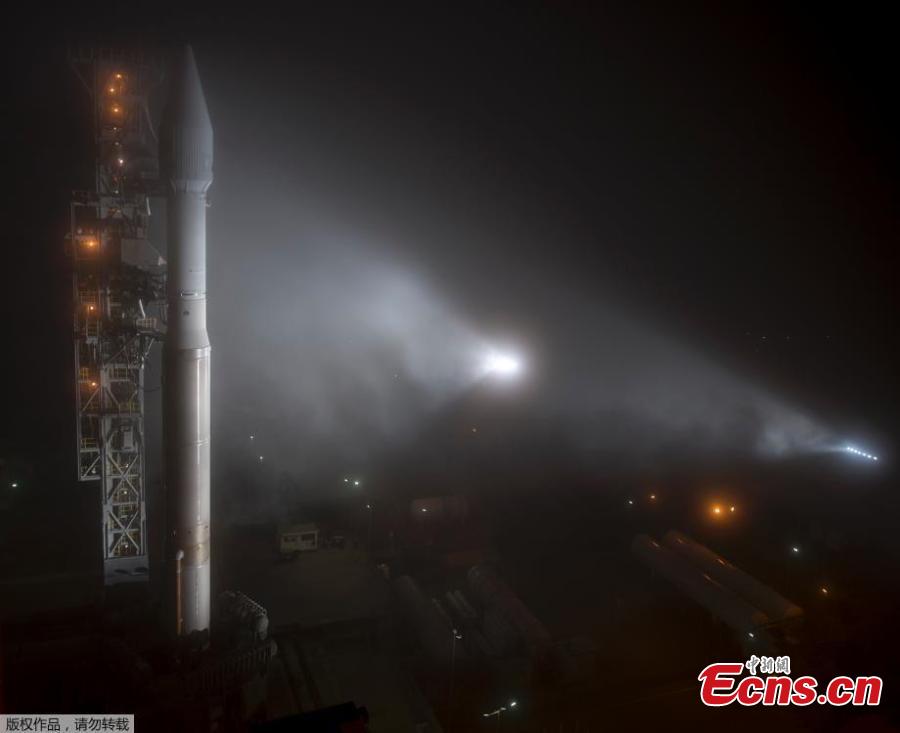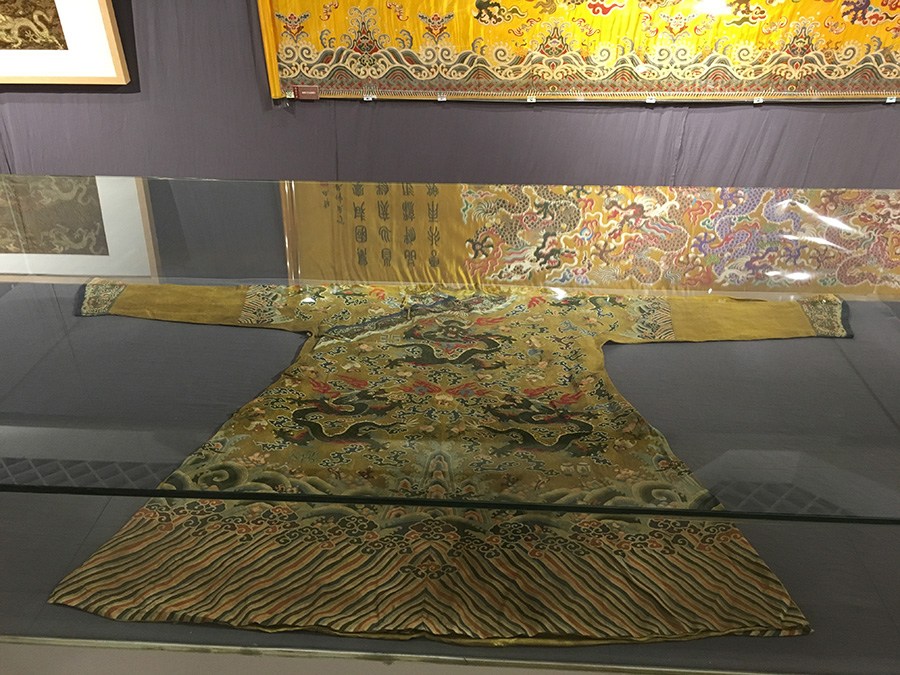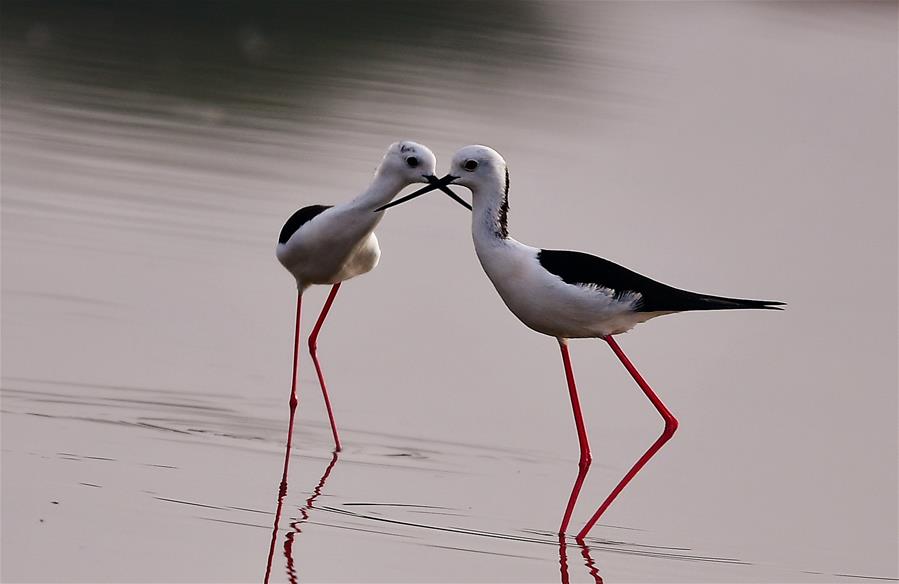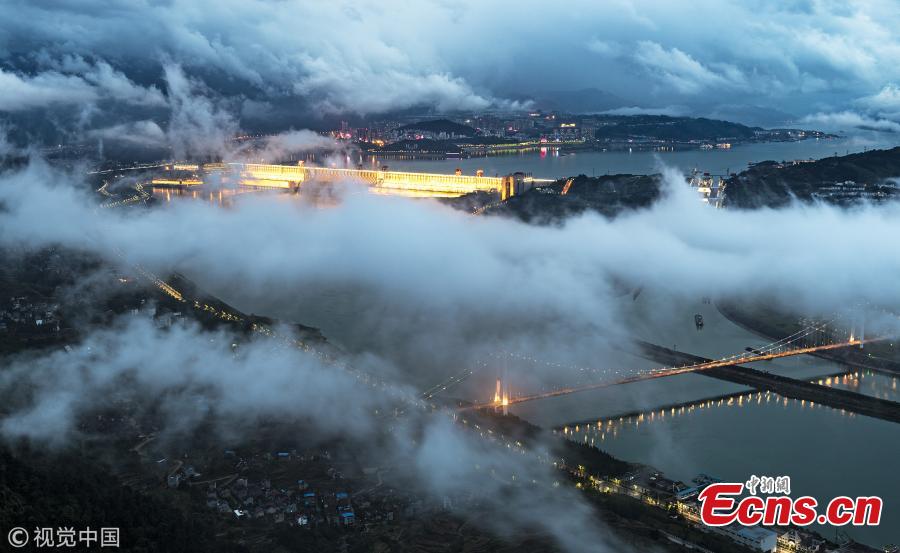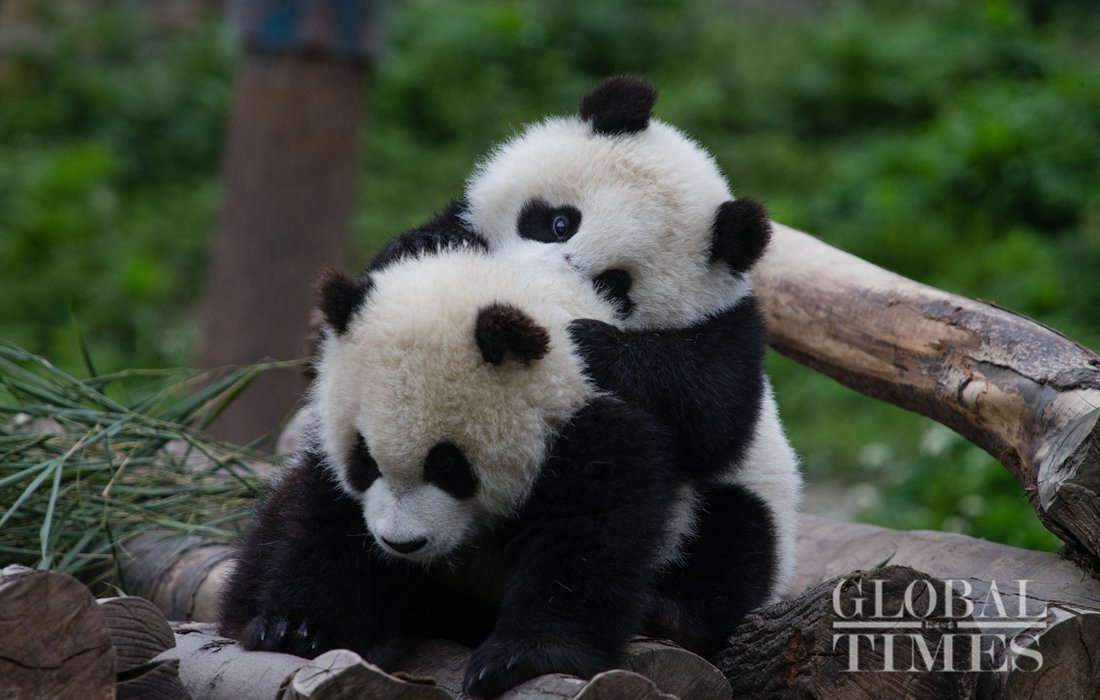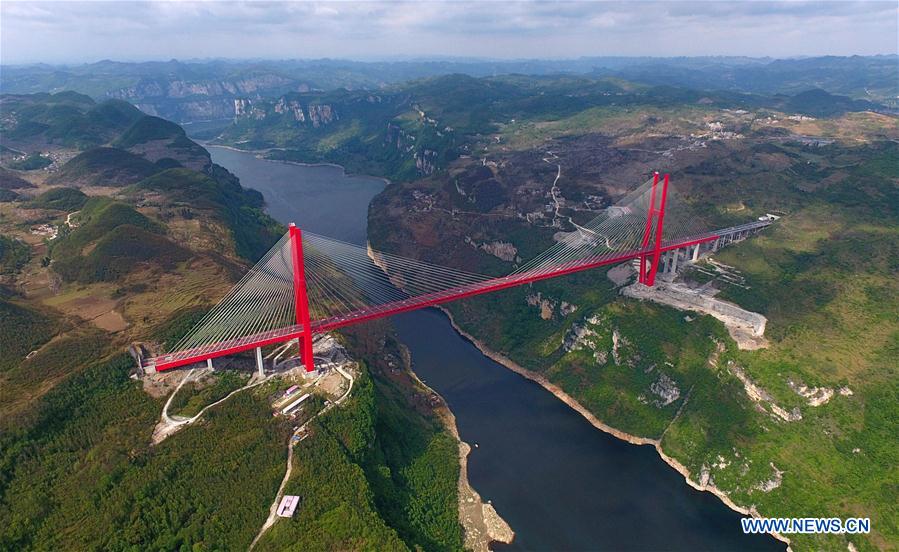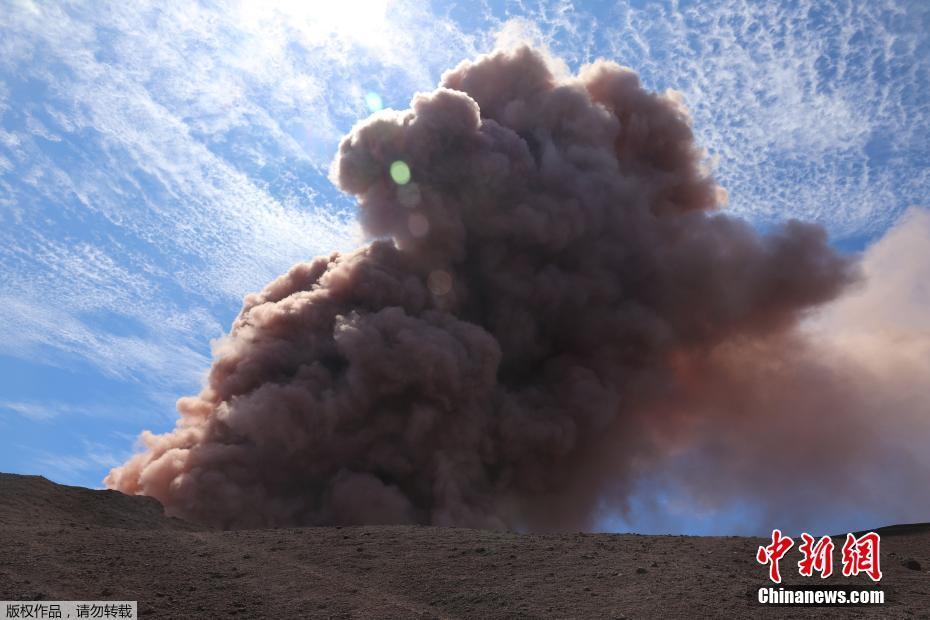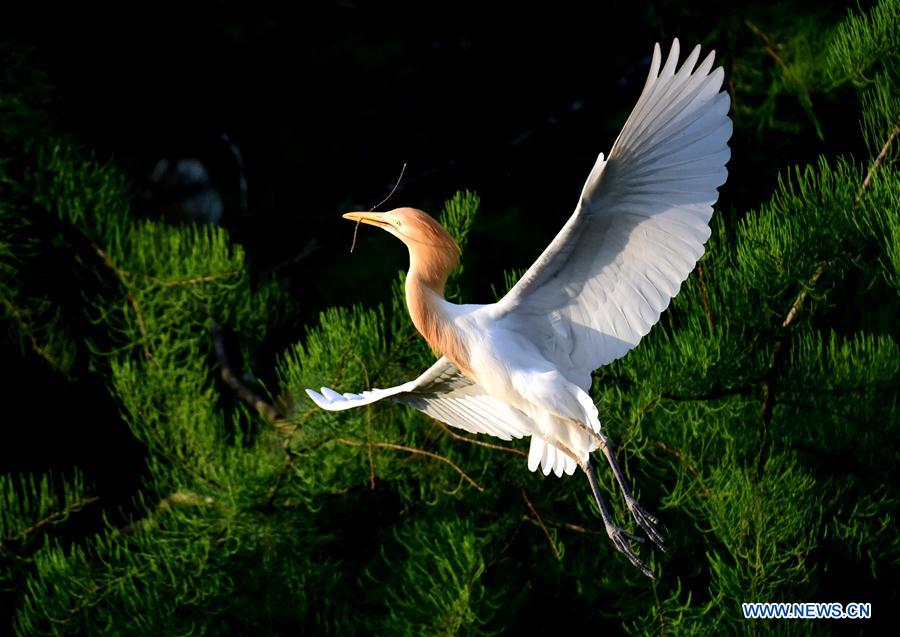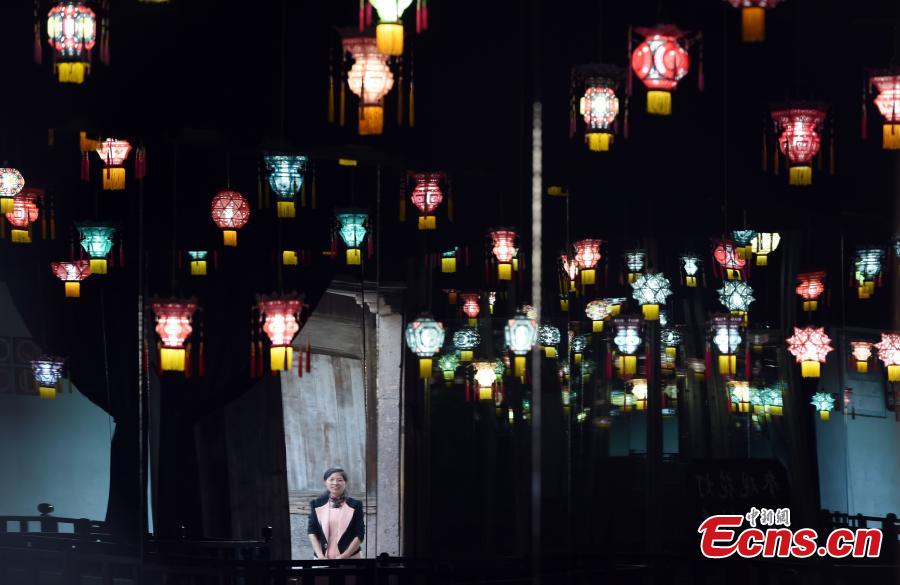With jagged mountain ranges, lush forests and rare tropical plants, it's no wonder Nyingchi was chosen by ancient Tibetans to settle almost 5,000 years ago.
Several millennia later, the prefecture is hoping to expose its primal beauty to the world as a global ecotourism wonderland.
Part of the city's development plan for the next five years, the goal to establish Nyingchi as an world ecotourism site was announced by Major Wangdui in an interview with Xinhua on the sideline of the ongoing the National People's Congress annual parliamentary session.
He said by 2020, the city is expected to receive more than 6 million tourists annually and post 7 billion yuan (about 1.08 billion U.S. dollars) in tourism revenue, twice as much as that in 2015.
Compared to other Tibetan regions, which mainly feature snow mountains and high mountain meadows, Nyingchi is a priceless valley area facing the Indian Ocean in the southeast, where warm Indian current moves upstream to meet the cold air from the north, allowing the co-existence of tropical, sub-tropical, temperate and frigid zones.
With an average altitude of 3,100 meters above the sea level, much lower than the average height of more than 4,000 meters in Tibet, and more green vegetation, Nyingchi has long been a recommended resort for first-time visitors looking to acclimate to the high-altitude plateau environment.
Famous scenic spots include the 7,780-meter-high Namjagbarvwa Peak, the 15th highest in the world awarded as the most beautiful peak in China by the Chinese National Geography magazine, and the 490-km-long precipitous Yarlung Zangbo Grand Canyon.
Lunang Forest known as the "little Europe of China" in the township of Lunang, "the home of deities" in Tibetan, is a popular getaway for tourists.
Pasang Tsering, a local in Tashigang Village, said elsewhere in Tibet, people could barely make ends meet because of the adverse natural environment. "But here in Lunang, our life is getting better just because of the nature," he said.
Because of the thin air, barren land and cold weather, Tibetans have long struggled with their harsh living environment. Agriculture and stockbreeding, the traditional pillar industries of Tibet,are very vulnerable to bad weather.
Villager Penpa from Tashigang said the tourism boom had greatly improved people's living standards.
Last year he earned a net income of more than 20,000 yuan (about 3,072 U.S. dollars) renting tents and other services.
Other villagers run family inns, earning as much as 900,000 yuan a year (about 138,249 U.S.dollars), he said.
Nyima Khamtrul, 28, a mother of two children, who lives in Dongbacai Village of Lunang Township ran a small shop dealing in special local products and earned more than 30,000 yuan (about 4,608 U.S. dollars) last year.
Selling Chinese alpine rush plants, which can only grow in unpolluted areas, Nyima Khamtrul said she is always reminding people not to litter. "If the environment is damaged, there will be no way out for us. We must protect the ecology," said she.
In 2015, Nyingchi posted a record high gross domestic product of 10.4 billion yuan (about 1.6 billion U.S. dollars), up 11.2 percent from the previous year. Tourism contributed a quarter of the city's economic growth.
The burgeoning tourism industry has employed 5,000 people and there are 219 households running family inns, both twice as much as that in 2013.
According to Wangdui, by 2020, the industry is projected to hire 20,000 people, create another 70,000 jobs indirectly and add people's per capita annual income by 10,000 yuan (1,600 U.S. dollars).
Nyingchi also boasts some of the most beautiful peach flowers, with an annual festival scheduled every March.
Fan Hui, who traveled from the far northeast Liaoning Province to attend the festival last year,said the wild peach flowers are markedly different from those found the Tibetan plains. "Their beauty is breath-taking. We saw many pictures before our departure, but upon our arrival, we wanted nothing but to stay longer," said Fan.
To meet the rising inflow of tourists, Nyingchi has increased its fixed-assets investment on infrastructure facilities with the support of central finance and the Guangdong and Fujian Provinces.
Some 16.3 billion yuan (about 2.5 billion U.S. dollars) were invested on the construction of roads and railways last year. A high-grade road linking Lhasa and Nyingchi was opened to traffic at the end of last year, and the Lhasa-Nyingchi railway construction and airport renovation and expansion are in full swing.
Wangdui said that the city will see a drastic development in hospitality industry. Starred hotels, motels, theme hotels, family inns will be built to meet the diversified tourist lodging demand.
He said that poverty eradication was the main reason for local government to boost tourism. Across Tibet, there are still 590,000 people living below the poverty line of per capita net annual income of 3,200 yuan (about 492 U.S dollars), compared to 70 million people across the country.
Because of tourism development, residents in less developed pasturing area of Nyingchi earned 10,800 yuan (about 1,659 U.S. dollars) per capita last year, exceeding the benchmark of 10,000 yuan (1,600 U.S. dollars) for the first time, 1,600 yuan (about 246 U.S. dollars) more than Tibet's average.
Wangdui said that the city was seeking to boost its aviation network. This year Xi'an, Shanghai and Xiamen are likely to open direct flights to Nyingchi while sightseeing facilities along the National Highway No. 318, China's most beautiful national highway, would be increased.









